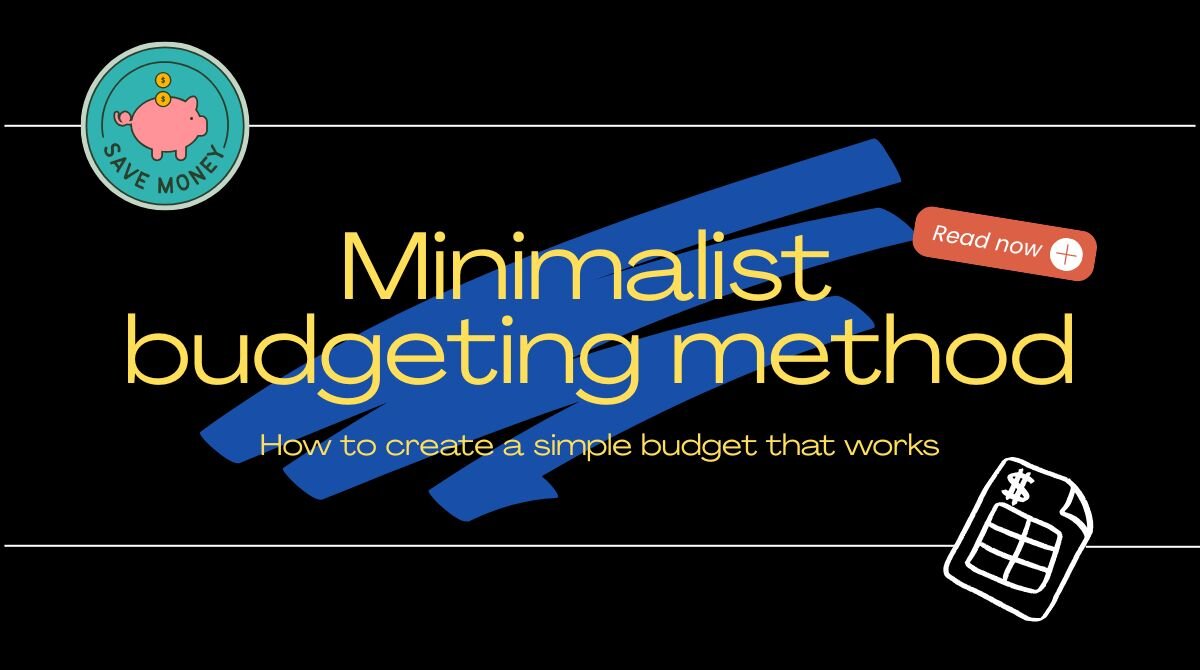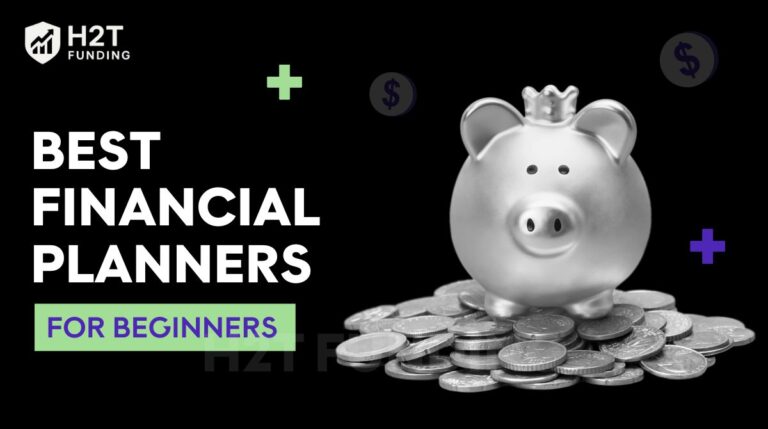Creating a budget isn’t about spreadsheets; it’s about regaining control. The minimalist budgeting method strips money management down to essentials, freeing cash and headspace alike. While the average U.S. household spent $77,280 in 2023, households that embrace minimalist practices report cutting costs by as much as $24,630 a year.
I learned this lesson the hard way. Two years ago, my biggest client, who accounted for nearly 30% of my freelance income, suddenly ended our contract.
Looking back, I was shocked to realize how wasteful I’d been: the expensive daily coffees bought out of convenience, the new tech gadgets purchased because they looked cool online, and a bunch of monthly subscriptions I didn’t even remember signing up for.
Facing that financial gap, I was forced to adopt the minimalist budgeting method. After a challenging first year of distinguishing “wants” from “needs,” I finally paid off a lingering credit-card balance and rebuilt my emergency fund.
This guide distills that journey into practical steps you can replicate. By adopting the minimalist budgeting method, you will:
- See exactly where every dollar goes.
- Direct cash toward goals that matter, debt freedom, investing, or plans.
- Eliminate financial clutter and decision fatigue.
Follow the framework below and start turning intentional choices into measurable results. Your money should work for you, not the other way around.
1. What is a minimalist budget method?
A minimalist budgeting method is used as an easy way to manage your money by keeping things simple and spending only on what matters to you. Instead of using complicated budgets with lots of categories, this method helps you save more, stress less, and focus on your goals.
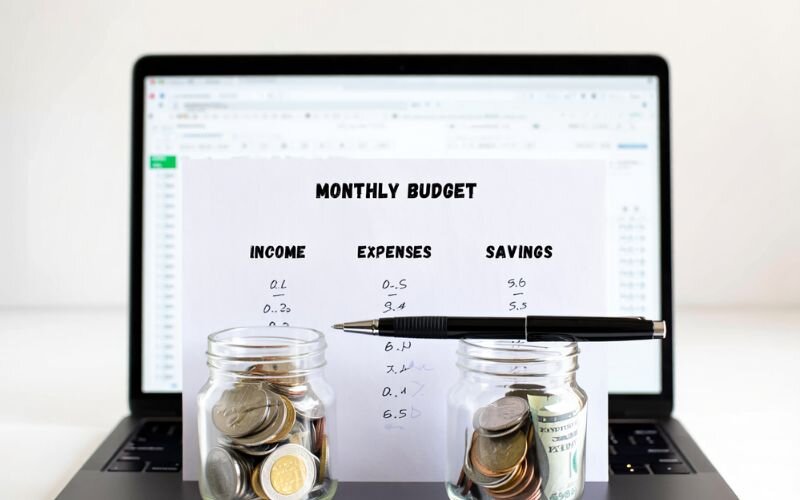
The idea comes from minimalism, a lifestyle where you keep only the things that are important to you. When you apply this to money, it means cutting out unnecessary spending and using your cash for what you truly care about, like saving for a trip, paying off debt, or enjoying time with family.
Key features of a minimalist budgeting method
- Simplicity: It uses a few broad categories (like needs, wants, and savings) instead of detailed line items, making it easy to maintain.
- Intentionality: Every dollar is spent purposefully, ensuring your budget reflects your values, such as financial freedom or quality time with loved ones.
- Flexibility: It adapts to your lifestyle, allowing you to adjust as your priorities or income change.
2. Why should I use a minimalist budget?
Using a minimalist budgeting method can transform how you handle your money by making it simpler, less stressful, and more meaningful. It’s not just about cutting costs; it’s about spending and saving with purpose, so you can focus on what truly matters to you.
- Saves money for your goals: A minimalist budget helps you cut out unnecessary spending, freeing up cash for things like vacations, buying a home, or saving for the future. By focusing only on what you value, you can reach your financial dreams faster.
- Reduces financial stress: With fewer expenses to track and a clear plan, a minimalist budget makes managing money less overwhelming. You don’t need to juggle complicated spreadsheets or worry about missing bills.
- Encourages intentional spending: Minimalist finances teach you to think before you buy, ensuring your money goes toward things that align with your values. This helps you avoid wasteful purchases and feel good about your choices.
- Helps you get out of debt: By cutting non-essential spending, you can put more money toward paying off credit cards, student loans, or other debts. A minimalist budget makes it easier to see where you can save and redirect those funds.
- Simplifies your financial life: A minimalist budget streamlines your accounts and spending, so you spend less time managing money and more time living. It’s perfect for busy people who want an easy system that works.
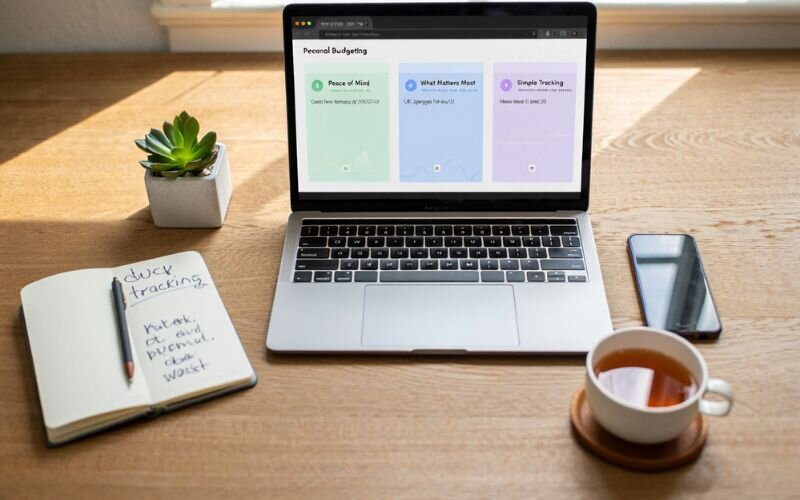
Imagine a typical case: a young teacher, let’s call her Anna, who felt overwhelmed by her expenses and couldn’t build any savings. When she started reviewing her spending, she realized she was paying for unused subscriptions and costly takeout meals simply because she was too tired to cook.
By cutting those expenses and automating a small monthly savings, she was able to pay down some credit card debt and finally afford a short vacation for the first time. This kind of story shows how a small shift toward minimalist finances can produce significant results.
Don’t miss this related guide:
3. How to implement the minimalist budgeting method
Creating a minimalist budgeting method is a straightforward way to take control of your money without overcomplicating things. It’s about focusing on what matters, cutting out the extra, and building a system that’s easy to stick with.
3.1. Align your budget with financial priorities
The first step in a minimalist budgeting method is deciding what matters most to you financially. Think about your big goals, maybe it’s saving for a dream trip, buying a home, or being debt-free. These are your priorities, and your budget should reflect them.
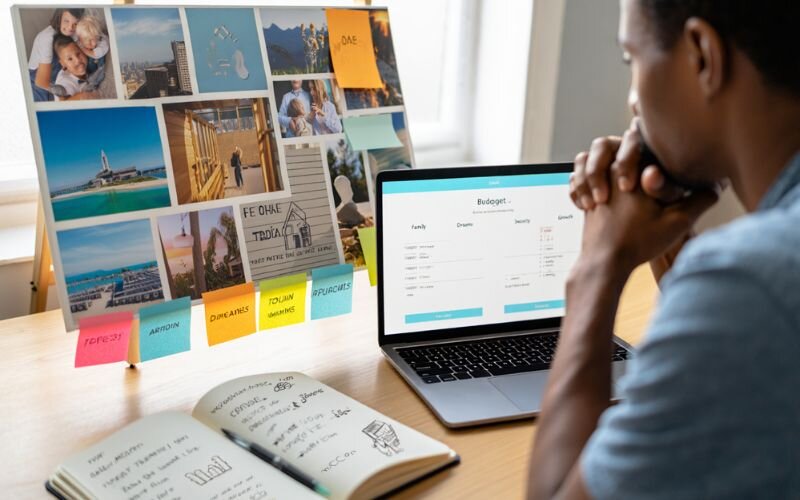
Take a moment to write down what you value most. For example, if spending time with family is important, you might prioritize saving for a holiday visit over buying new gadgets. This step helps you focus your money on what brings you joy or security, making it easier to say no to less important expenses.
Tip: Ask yourself, “Does this expense help me reach my goals?” If it doesn’t, it might not belong in your minimalist finances.
3.2. List and evaluate all expenses
To build a minimalist budget, you need a clear picture of where your money is going. Start by reviewing your spending over the past three months. Check your bank statements, credit card bills, and payment apps to list every expense, from rent to coffee runs. This process can be eye-opening.

For instance, you might realize you’re spending $100 a month on subscriptions you barely use. Knowing your spending habits helps you set realistic goals. If you’ve been spending $500 on groceries, budgeting $150 right away might not work. Use this list to understand your baseline and spot areas to adjust.
Tip: Use a spreadsheet or a budgeting app to organize your expenses into categories like housing, food, and entertainment for clarity.
3.3. Remove non-essential spending
Now that you know where your money goes, it’s time to cut what doesn’t matter. Look at your expense list and highlight anything that doesn’t align with your priorities. These could be unused gym memberships, frequent takeout, or impulse online purchases.
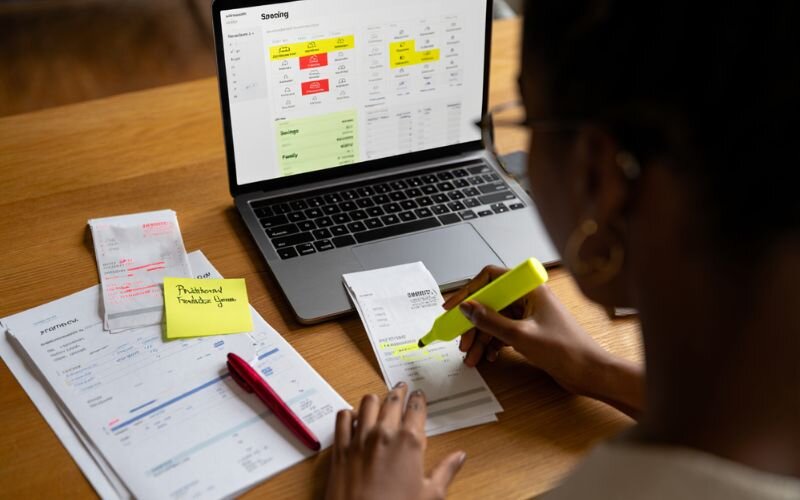
Cutting back doesn’t mean giving up everything you enjoy. If dining with friends is a priority, keep it, but maybe skip the daily smoothie habit. The goal is to create a minimalist budget template that focuses on what you value while eliminating wasteful spending. This frees up money for savings or debt repayment.
Example: Imagine you spend $80 a month on streaming services but only watch one. Cancel the others, and you could save $60 a month to put toward a bigger goal, like an emergency fund.
3.4. Apply the 50/20/30 rule for minimalist budgeting
A simple way to structure your minimalist budgeting method is the 50/20/30 rule. This divides your after-tax income into three categories:
- 50% for needs: Essentials like rent, utilities, and groceries.
- 20% for savings and debt: Money for savings accounts, emergency funds, or paying off loans.
- 30% for wants: Fun things like hobbies, dining out, or travel.
This framework keeps your budget simple and flexible. If you have a lot of debt, you might adjust to put more than 20% toward it. The beauty of this rule is that it’s easy to follow and ensures you’re balancing essentials, goals, and enjoyment.
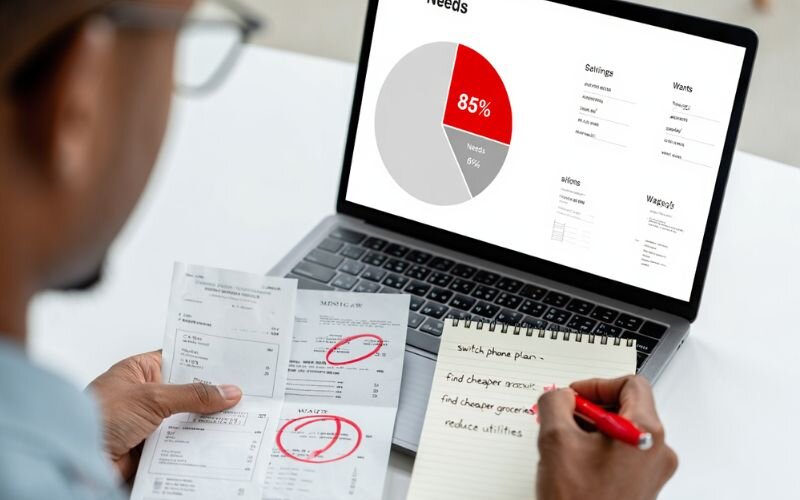
Tip: If your needs take up more than 50%, look for ways to cut back, like switching to a cheaper phone plan, to make the percentages work.
3.5. Streamline your financial accounts
A minimalist budgeting method works best when your financial life is uncluttered. Having multiple bank accounts or credit cards can make budgeting harder than it needs to be. Simplify by keeping one checking account for daily expenses, one savings account for goals, and one or two credit cards (if needed) that you pay off monthly.
You can also use tools like “buckets” in online banking apps to separate savings for different goals (like a vacation or a car) within one account. Avoid chasing the highest interest rates if it means constantly switching banks; it’s often not worth the hassle for a few extra dollars.
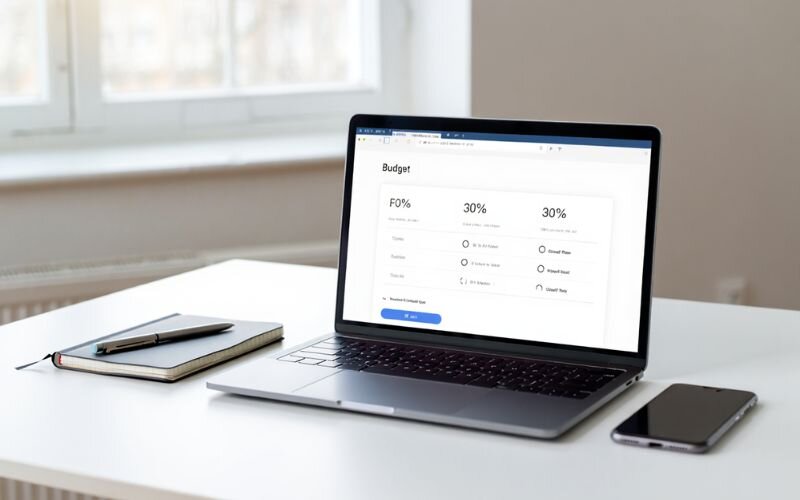
For example, having multiple savings accounts and credit cards can be counterproductive, leaving you feeling confused and making your budget hard to track. Instead of chasing a few extra dollars in interest, consider closing unnecessary accounts.
Consolidating to one main checking account, one high-yield savings account, and automating your bills can help you spend just a few minutes a week on your minimalist money system instead of hours of stress.
3.6. Automate bill payments
Setting up automatic payments for your bills is a game-changer for minimalist finances. It saves time, reduces stress, and ensures you never miss a payment. Most bills, like rent, utilities, phone, or internet, can be set to autopay from your bank account or credit card. If you use a credit card, make sure to pay it off in full each month to avoid interest.
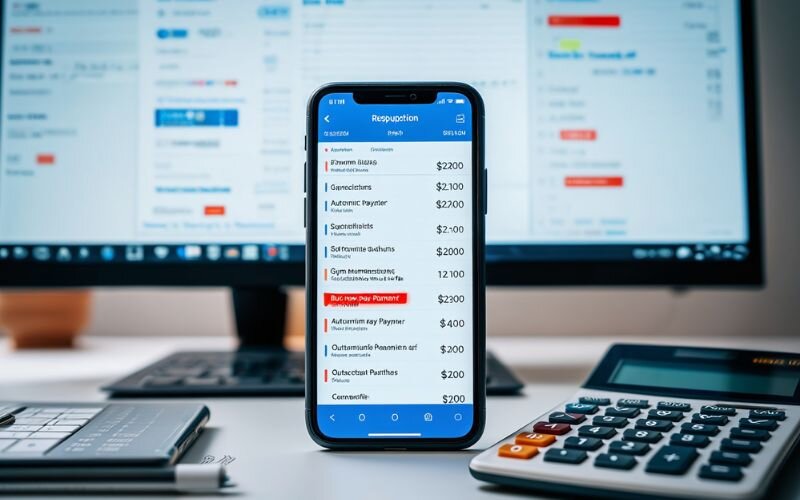
Automation also works for savings. You can set up automatic transfers to your savings account right after payday, so you’re saving without thinking about it. This keeps your minimalist budgeting method simple by reducing manual tasks.
Tip: Check your bank or budgeting app for autopay options, and set reminders to review them yearly to ensure they’re still correct.
Further reading:
3.7. Shift away from recurring payment habits
Recurring payments, like subscriptions or “buy now, pay later” plans, can trap you in a cycle of spending more than you can afford. A minimalist budgeting method encourages you to break this habit by avoiding unnecessary monthly commitments and paying for things upfront when possible.
For example, instead of signing up for a new streaming service, check if you’re fully using the ones you have. Avoid “pay later” plans for items like clothes or gadgets, as these often come with hidden fees or interest that add up.
If you have debt, focus on paying it off quickly rather than just covering minimum payments, which can cost thousands in interest over time.
Example: If you have a $3,000 credit card balance with a $60 minimum payment, sticking to the minimum could cost you over $4,000 in interest. Paying it off faster saves money and simplifies your budget.
Tip: Choose annual payments over monthly ones for things like subscriptions, they’re often cheaper and reduce the number of transactions you track.
3.8. Scrutinize every purchase
A key part of minimalist money management is questioning every expense to ensure it aligns with your values. Instead of buying things out of habit, ask: “Do I need this? Does it match my priorities?” This helps you focus on quality over quantity, choosing items that last longer or bring more value.
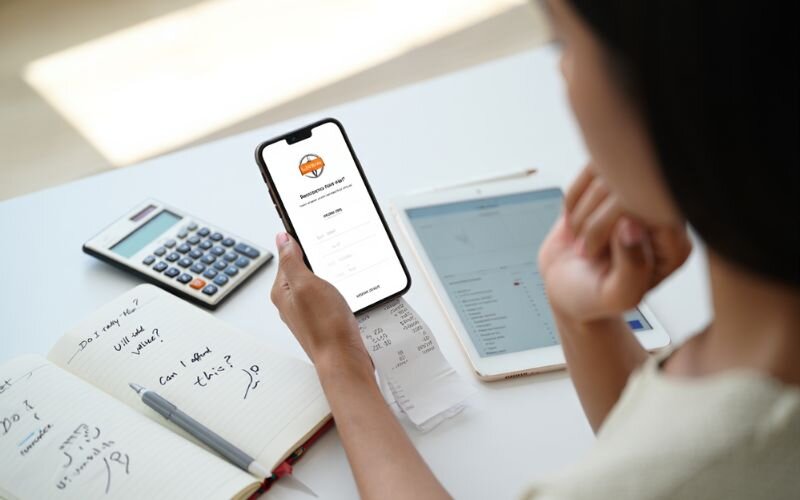
For instance, instead of buying cheap shoes that wear out quickly, invest in a durable pair that lasts for years. Or, rather than spending $5 daily on coffee, buy a quality coffee maker to save money over time. This approach reduces clutter and wasteful spending.
Tip: Before buying, wait 24 hours to see if you still want the item. It’s a simple way to avoid impulse purchases.
3.9. Live below your income
The golden rule of any budget, including a minimalist budgeting method, is to spend less than you earn. This ensures you have money left for savings, debt repayment, or unexpected expenses. Relying on credit cards or loans to cover overspending can lead to debt and stress, which goes against the simplicity of minimalist finances.
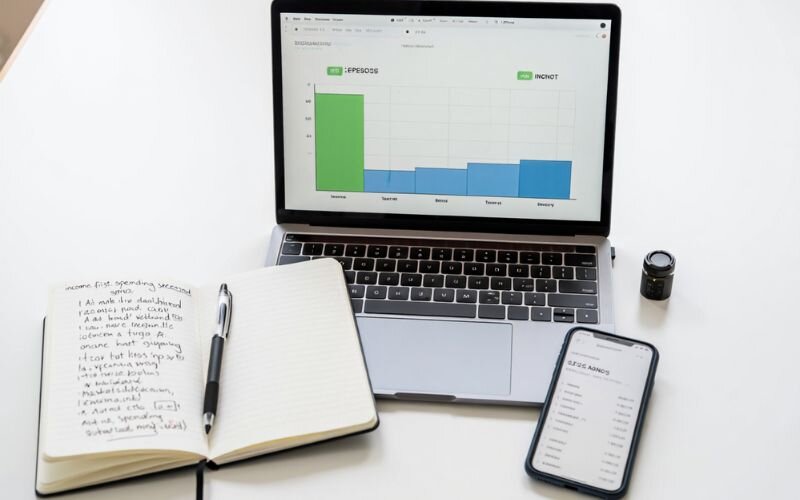
Track your income and expenses using a minimalist budget template to make sure you’re not overspending. If your expenses are too high, revisit your non-essential spending to find cuts. Living below your income gives you financial freedom and peace of mind.
Tip: Aim to save at least 10% of your income each month, even if it’s small, to build a safety net.
3.10. Set up regular budget reviews
A minimalist budgeting method only works if you check in on it regularly. Schedule short budget reviews, weekly or monthly, to ensure you’re staying on track. During these reviews, look at your spending, savings, and goals to see what’s working and what needs tweaking.
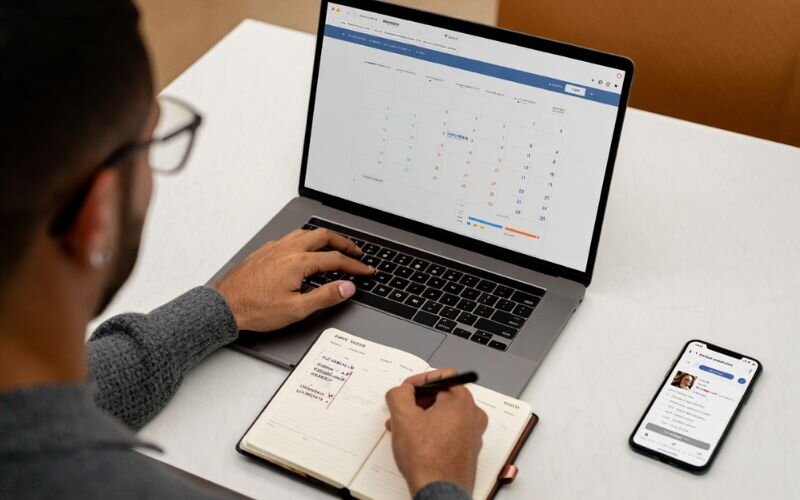
For example, you might notice you’re overspending on dining out and adjust by cooking more at home. These check-ins keep your budget aligned with your priorities and prevent you from forgetting about it.
Tip: Use a calendar reminder or a budgeting app to make reviews a habit. Keep them short and focused to stay motivated.
4. Minimalist budgeting method example in actual
To truly understand how minimalist budgeting works, let’s walk through a minimalist budgeting method example that’s easy to replicate. Imagine Sarah, a 29-year-old freelancer living in a small apartment, aiming to simplify her finances and reduce decision fatigue.
4.1. Select a budgeting method that suits you
The first step Sarah took was choosing a budgeting method aligned with her minimalist values. After researching, she opted for the 50/30/20 rule, a straightforward system:
- 50% for needs: rent, utilities, groceries, insurance
- 30% for wants: dining out, hobbies, streaming services
- 20% for savings and debt: emergency fund, retirement, student loans

This method worked for Sarah because it minimized the number of decisions she had to make each month. Instead of micromanaging dozens of categories, she only focused on three buckets, making her financial planning feel lighter and less overwhelming.
4.2. Develop personalized budget categories
Although the 50/30/20 rule provided a framework, Sarah customized it to reflect her lifestyle. She broke her needs down into:
- Rent: $800
- Utilities + Internet: $150
- Groceries: $300
- Health Insurance: $200
Her wants included:
- Streaming platforms: $40
- Coffee & dining out: $100
- Occasional weekend trips: $150
And under savings/debt, she allocated:
- Emergency fund: $200
- Student loan repayment: $100
By limiting her categories to essentials and ensuring each one had a clear purpose, Sarah maintained clarity and avoided the clutter of over-detailed spreadsheets.
4.3. Build a minimalist budget template
Sarah created a simple monthly budget template using Google Sheets with just three main columns:
| Category | Monthly Budget | Actual Spent |
|---|---|---|
| Needs (50%) | $1,450 | |
| Wants (30%) | $870 | |
| Savings (20%) | $580 |
She used basic formulas to track variances and color-coded overspending in red. No fancy apps or complex graphs, just a clean, functional layout that served her purpose.
This template became her financial dashboard. Because it was simple and visually uncluttered, Sarah was more likely to update it weekly, making it a sustainable habit.
4.4. Test and refine your budgeting approach
After two months, Sarah noticed she was consistently overspending on coffee and underutilizing her weekend travel budget. Instead of adding more categories, she adjusted the existing allocations within her wants bucket. She cut back $50 from weekend trips and redirected it to dining out.
She also automated her savings to transfer $200 at the beginning of each month, ensuring she didn’t rely on willpower to save.

By reviewing and adjusting quarterly, Sarah ensured her budget stayed aligned with her values and real-life behaviors. She wasn’t rigid she was intentional.
5. FAQs on minimalist budgeting
The amount a minimalist can save varies greatly and depends entirely on their income and how much they cut back. Instead of a fixed number, the real benefit is freeing up a significant portion of your income, previously spent on non-essentials, to be redirected toward more important goals like debt repayment, investing, or building an emergency fund.
An extreme minimalist budget limits spending to only the absolute essentials, like food, shelter, and basic transportation. It eliminates all wants, subscriptions, and non-urgent purchases.
Track your expenses, eliminate unnecessary spending, automate savings, and buy only what adds value. Use a simple budgeting method like 50/30/20 to maintain clarity.
The 20/20 rule suggests you can let go of an item if it can be replaced for under $20 and in under 20 minutes. It encourages simplicity and reduces emotional attachment to things.
Frugal living focuses on saving money through discounts and deals, while minimalist living is about intentional spending and owning less, regardless of price.
6. Conclusion
The minimalist budgeting method is not about living with the bare minimum; it’s about spending with purpose. By reducing non-essential expenses and simplifying your financial system, this approach helps you focus on what truly matters.
Whether you follow the 50/30/20 rule or create a custom budget, the goal remains the same: clarity, control, and peace of mind.
To begin applying the minimalist budgeting method, start by choosing a budgeting style that fits your lifestyle, developing a few essential spending categories, and setting clear savings goals. Build a simple spreadsheet or use a basic app; what matters is consistency, not complexity.
If you found this guide helpful, continue your journey toward smarter financial strategies. Visit H2T Funding’s Strategies section and Budgeting Strategies to explore more articles on practical budgeting frameworks, investment tips, and real-life financial success stories, all designed to help you build long-term wealth through simplicity and intentionality.

